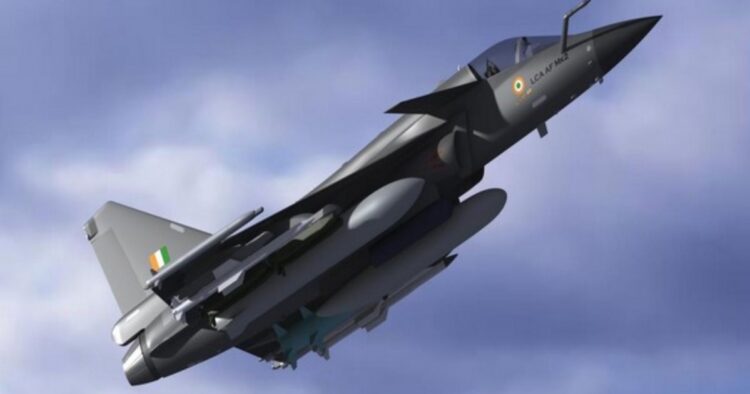In a significant development for India’s indigenous fighter aircraft program, the Light Combat Aircraft (LCA) Mark 2, a 4.5 generation plus fighter jet, is expected to take its first flight by March 2026. Mass production of these advanced aircraft is planned to start by 2029. In addition, the production of India’s fifth-generation Advanced Medium Combat Aircraft (AMCA) is expected to begin by 2035, according to defense officials.
These timelines were discussed during a high-level meeting held recently, led by Dr. Samir V. Kamat, Chairman of the Defence Research and Development Organisation (DRDO), and Air Marshal Ashutosh Dixit, Deputy Chief of the Indian Air Force.
The meeting, which took place at DRDO Bhawan, focused on the progress of the LCA Mark 2 development program. Representatives from all DRDO labs and key officials involved in the development and testing of the fighter jet’s systems and subsystems participated in the discussion.
Although the LCA Mark 2 program has seen a slight delay, with the prototype initially expected by early 2025, the first flight is now planned for March 2026. This delay was mainly due to a hold-up in the release of approved funds, which were linked to the agreement for engines for the new indigenous fighter.
All LCA aircraft will be powered by engines from the American company General Electric (GE). The LCA Mark 1 and Mark 1A will use the GE-404 engine, while the LCA Mark 2 will be equipped with the more advanced GE-414 engine. These engines will be manufactured in India, incorporating indigenous content.
The Indian government has ambitious plans to replace the Indian Air Force’s current fleets, including the Mirage 2000, Jaguar, and MiG-29s, with the LCA Mark 2. Over 250 of these new planes are expected to be inducted into service over the next 10 to 15 years. Meanwhile, the Indian Air Force has already ordered 180 LCA Mark 1A aircraft, with production expected to be completed by 2032.
The Tejas Mark 2 will feature a significantly higher level of indigenization compared to its predecessors. One of its key components will be the Uttam radar, an indigenous Active Electronically Scanned Array (AESA) radar. This radar is also being developed for the upgrade of the Russian-origin Su-30 MKI fighters. The Mark 2 will also be equipped with advanced indigenous weapons, such as the Astra air-to-air missile and Smart Anti-Airfield Weapons.
Recently, the Cabinet Committee on Security gave the green light for the design and development of the AMCA, India’s fifth-generation fighter jet. The DRDO and the Indian Air Force are also exploring potential export opportunities for the LCA Mark 2, which offers advanced capabilities at a competitive price.
These developments mark a significant step forward in India’s journey toward self-reliance in defense technology, with the LCA Mark 2 and AMCA programs playing a crucial role in modernizing the Indian Air Force.















Comments